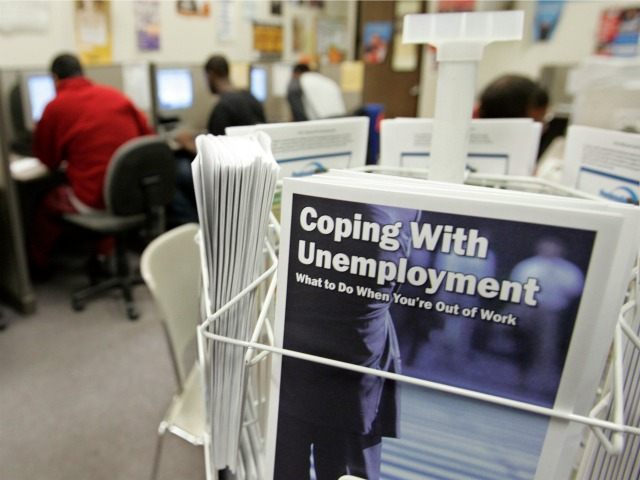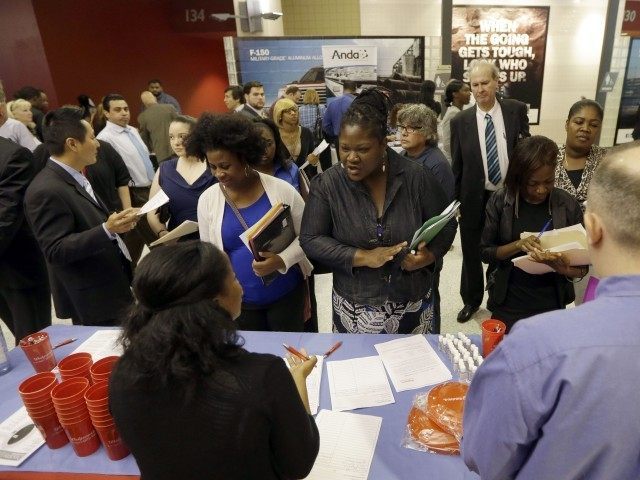The judicial decision to uphold all of the president’s health-care subsidies may be disappointing, but the economics of Obamacare are far worse than whatever constitutional mistakes have been committed by the Supreme Court.
The economics of Obamacare are very bad. The law is inflicting broad damage on job creation and new-business formation. It ruins job incentives by making it pay more not to work, thereby intensifying a labor shortage that is holding back growth and in turn lowering incomes and spending.
Across-the-board Obamacare tax increases are inflicting heavy punishment on investment — right when the U.S. economy desperately needs more capital as a way of solving a steep productivity decline.
Because of Obamacare, there’s an additional 0.9% Medicare tax on salaries and self-employment income, a 3.8% tax increase on capital gains and dividends, a cap on health-care flexible spending accounts, a higher threshold for itemized medical-expense deductions, and a stiff penalty on employer reimbursements for individual employee health-policy premiums.
Each of these tax hikes is anti-growth and anti-job.
There is so much talk about “secular stagnation,” inequality, and stagnant wages these days. But there’s little talk about the negative economic impact of Obamacare. It’s a much bigger story than SCOTUS jurisprudence.
A couple of examples.
First, there’s the problem of the 49ers and the 29ers. The business mandates and penalties imposed by Obamacare when small firms hire a 50th employee or ask for a 30-hour workweek are so high that firms are opting to hold employment to 49 and hours worked to 29. Lower employment and fewer hours worked are a double death knell for growth.
The BLS sheds light on this: Although part-time work has fallen during the recovery, to 7 million from around 9 million, it hovered around 4 million during the prior recovery. Part-time employment, which as a share of total employment peaked at around 20% in 2010 and has slipped to about 19%, hovered around 17% during most of the prior expansion. Obamacare?
Everybody is complaining about the low labor-force participation rate and the equally stubborn reduction in the employment-to-population rate. But why are we surprised? Obamacare is effectively paying people not to work.









